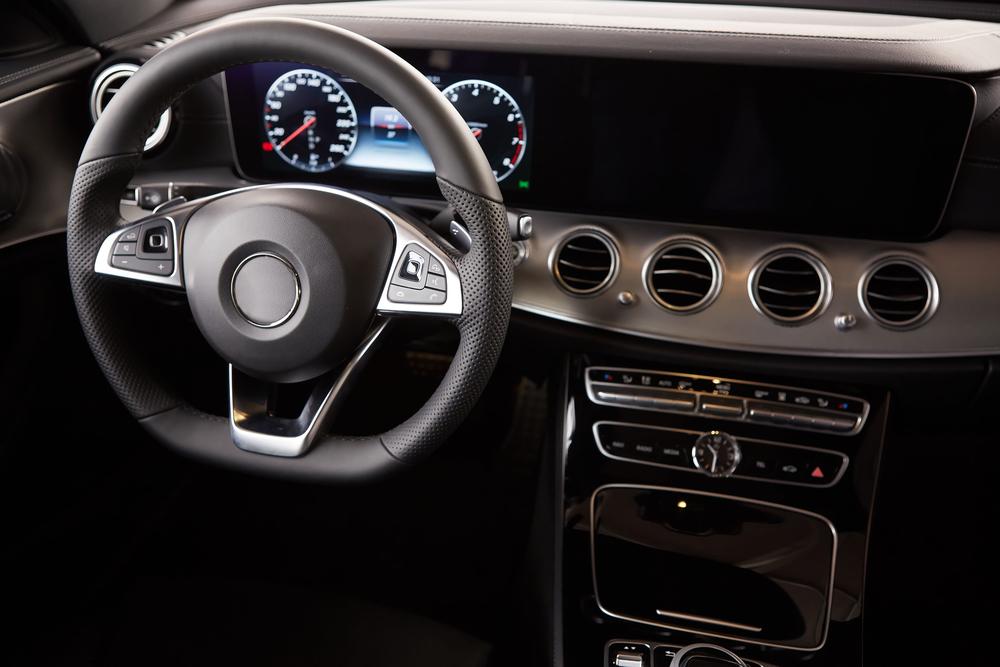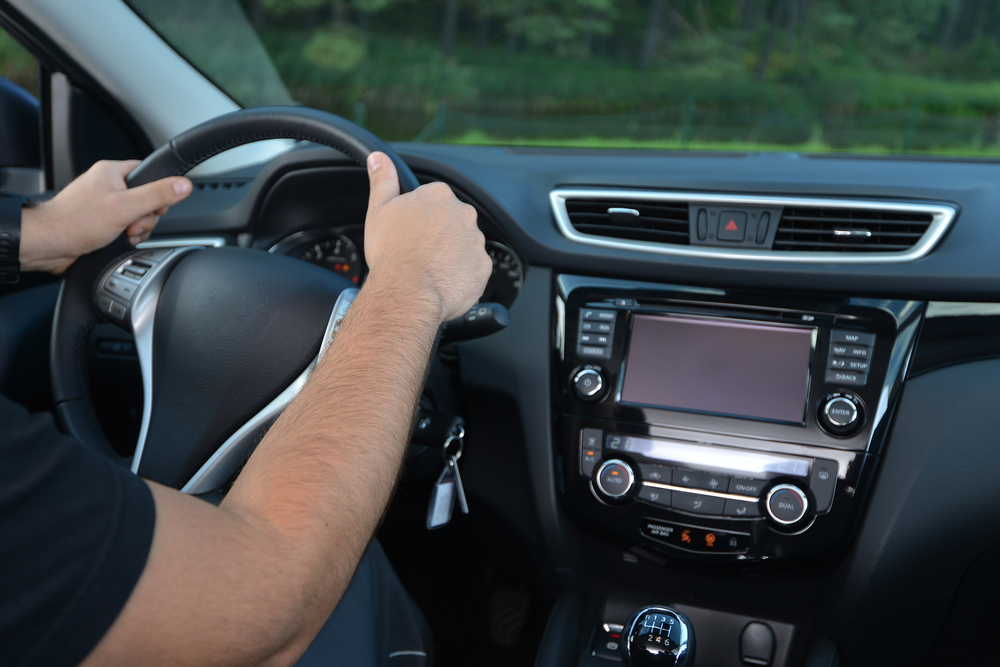Major Innovations in Vehicle Electronics and Automotive Technology Throughout History
Explore the evolutionary milestones of vehicle electronics and automotive technology, from early electric starters to modern GPS navigation. This detailed history highlights innovations that have enhanced vehicle safety, comfort, and performance, offering insights into future trends in automotive tech development.

Transformative Developments Shaping the Evolution of Vehicle Electronics
Automotive technology has experienced rapid and profound growth from the early days of horse-drawn carriages to today's advanced, high-performance vehicles. At the heart of this evolution lies vehicle electronics, which has continuously driven innovation, safety, and convenience features in automobiles. Understanding the key milestones in the history of vehicle electronics is essential to appreciating where automotive technology stands today and envisioning future advancements. These milestones represent pivotal moments where technological breakthroughs transformed how vehicles operate, improve safety, and enhance driver comfort.
In this comprehensive overview, we explore major innovations that have shaped vehicle electrification, safety systems, infotainment, and smart features — offering insights into how industry leaders have pushed the boundaries of automotive excellence over decades.
Introduction of Electric Starter Systems (1911) - The shift from manual cranking to electrical starting systems marked a significant leap in vehicle convenience. The introduction of electric starters eliminated the need for strenuous manual labor and enhanced safety by reducing the risk of crankshaft injuries. It paved the way for further electrical innovations in automobiles.
Cigar Lighter and Power Outlet (1925) - Originally designed to electrically light cigars and cigarettes, the cigar lighter became a versatile power outlet in vehicles. Over time, it evolved into a power port capable of charging electronic devices like phones, tablets, and GPS units, reflecting the growing importance of in-car connectivity and power management.
Four-Wheel Hydraulic Braking Systems - The adoption of four-wheel braking systems was critical for vehicle safety, providing better control and stopping power. The later development of anti-lock braking systems (ABS) revolutionized automotive safety by preventing wheel lock-ups during sudden braking, improving steering control and reducing accident risks.
In-Car Radio (1930s) - The advent of radio technology in automobiles allowed drivers and passengers to enjoy entertainment and news on the move. Despite technological limitations like bulky design, car radios became integral to vehicle entertainment systems, paving the way for modern infotainment systems.
The Flying Car Concept - Early attempts to combine aircraft and automobile features aimed at creating airborne personal transport. Although initial projects faced technological hurdles, modern flying cars now exist with advanced designs and high costs, reigniting the long-standing vision of airborne mobility.
Power-Assisted Steering (Hydraulic Power Steering) - Hydraulic power steering systems significantly reduced the effort required to steer vehicles, especially at low speeds and during sharp turns. This innovation improved maneuverability and driver comfort, becoming a standard feature in modern vehicles.
Automatic Transmission (1950s-1960s) - Automatics changed driving significantly by eliminating the need for manual gear changes. Utilizing planetary gear systems, automatic transmissions enhanced driving ease, fuel efficiency, and lowered maintenance costs, making vehicles accessible to a broader audience.
Electronic Fuel Injection (EFI) - The shift from carburetors to electronic fuel injection systems introduced sensors and microprocessors that precisely control fuel delivery. EFI improved engine performance, increased fuel efficiency, and reduced emissions, aligning with environmental standards and consumer demands.
Satellite Navigation Systems (Early 2000s) - The advent of GPS-based navigation systems transformed vehicular travel. Portable and increasingly integrated into vehicles, Sat-Nav systems provided drivers with real-time, turn-by-turn directions, route optimization, and traffic updates, greatly improving navigational accuracy and convenience.





